Post Harvest Cooling Guide – How To Cool Fruit Picked From The Garden
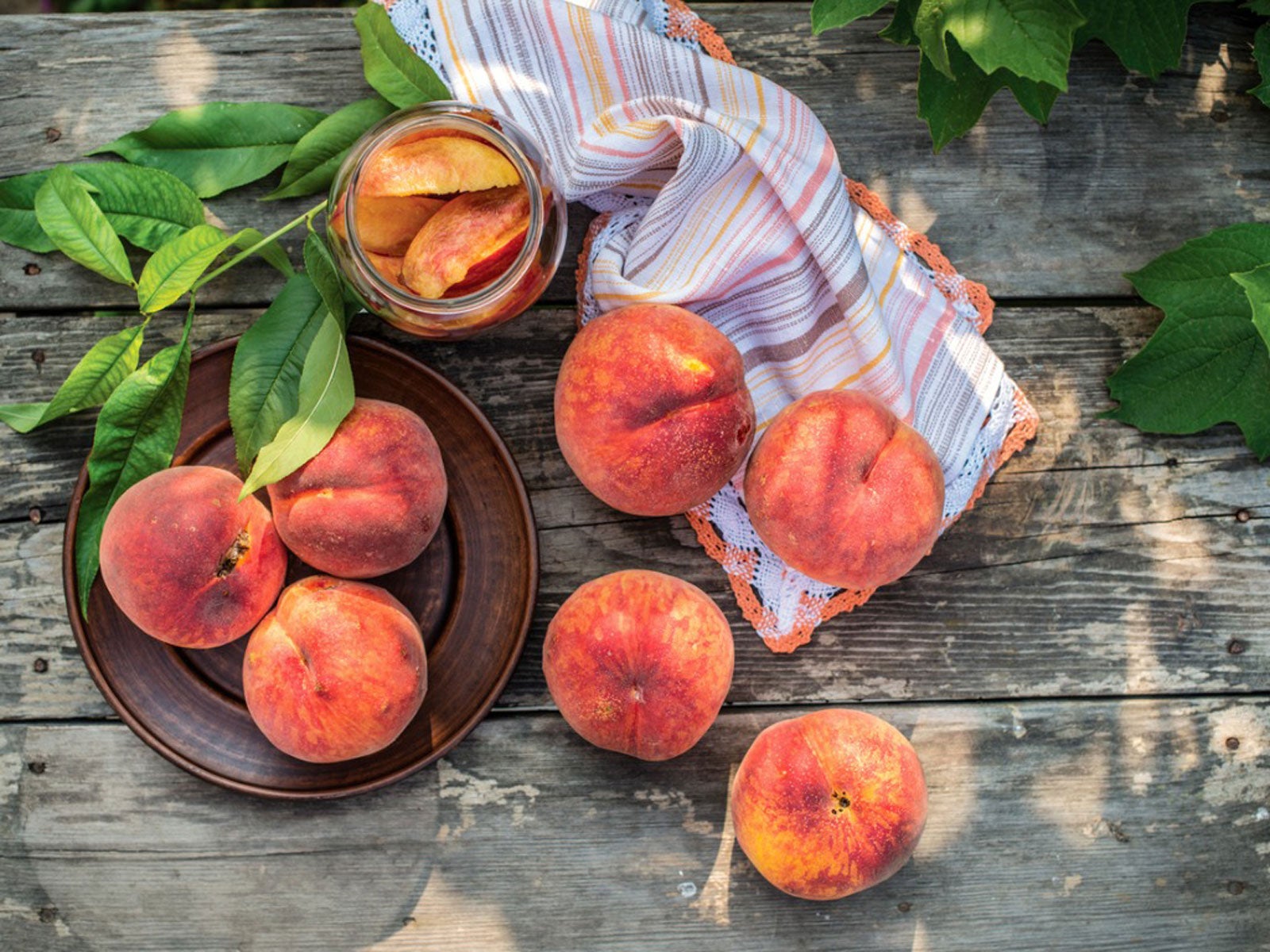

Growing and harvesting your own fruits and berries is one of the most rewarding and enjoyable aspects of maintaining a garden. Whether caring for a few small fruiting vines or a larger-sized backyard orchard, it’s important to properly handle your harvests to ensure the longest possible storage length.
In storing the fruits, growers will be able to enjoy homegrown produce throughout the growing season and into the winter months. Cooling is a big part of that.
Why Does Fruit Need to Be Cooled?
Post-harvest cooling of fruit is used both commercially and by home gardeners. Cooling fruit is important for maintaining the quality of the harvest.
Removing excess heat and bringing the temperature of the fruit down to an optimal level will help stop the ripening process. By reducing the rate at which the fruit matures, you can store fruits for longer periods of time with reduced instances of mold and bacteria, which would cause the harvest to begin to decay.
Cooling is especially helpful to market gardeners, as they are able to better supply fruit according to the demand and needs of the customer.
How to Cool Fruit
The best method used for post-harvest cooling will depend on the type of fruit. While some berries are more delicate, other tree fruits may be able to better handle certain fruit cooling procedures. Regardless of the method, it will be vital that the fruits are picked at the correct time. Harvested fruit should be ripe, yet still firm enough so that it will not decompose during storage.
Common methods for cooling fruit implement the use of cool air and/or cool water. Forced-air cooling is especially popular, as it is an excellent way to bring down the temperature gently. This method of cooling is done when the fruit is placed in a refrigerated area with the addition of a fan to circulate the air. Though this method is widely used in the commercial setting, many home gardeners are able to create their own adaptation of this technique to cool their own fruit harvests.
Gardening tips, videos, info and more delivered right to your inbox!
Sign up for the Gardening Know How newsletter today and receive a free copy of our e-book "How to Grow Delicious Tomatoes".
Another method of cooling fruit is called hydrocooling. As the name would imply, hydrocooling uses cold water to quickly remove excess heat from the harvest. Hydrocooling can be done with the use of special cooling mechanisms, or simply with the use of ice. This simplicity makes it an excellent option for use at home. Some fruits, however, respond better to wetting than others since wetting may cause the progression of rot.
When learning how to cool fruit at home, harvesting at the correct time will help achieve optimal temperatures more quickly. This includes harvesting early in the morning and removing the heat as quickly as possible.
Cooling fruit that has been harvested from the garden can be challenging, but following a few simple procedures will allow growers to store their harvests for the greatest duration possible.

Tonya Barnett has been gardening for 13 years. Flowers are her passion. She has transformed her backyard into a cut flower garden, which she regularly chronicles on her YouTube channel http://www.youtube.com/@tonyawiththeflowers.
-
 Get Ready For A Summer Of Hummers! Grow These Full Sun Hummingbird Plants and Flowers
Get Ready For A Summer Of Hummers! Grow These Full Sun Hummingbird Plants and FlowersIf you’re lucky enough to enjoy a sunny backyard, make sure you are maxing out on your pollinator opportunities and grow these full sun hummingbird plants and flowers
By Tonya Barnett
-
 12 Lush Alternatives To A Lawn For Sustainable Spaces
12 Lush Alternatives To A Lawn For Sustainable SpacesAlternatives to a lawn are beautiful and also beneficial to your local ecosystem and its pollinators. Explore our top picks for plants to replace grass.
By Tonya Barnett
-
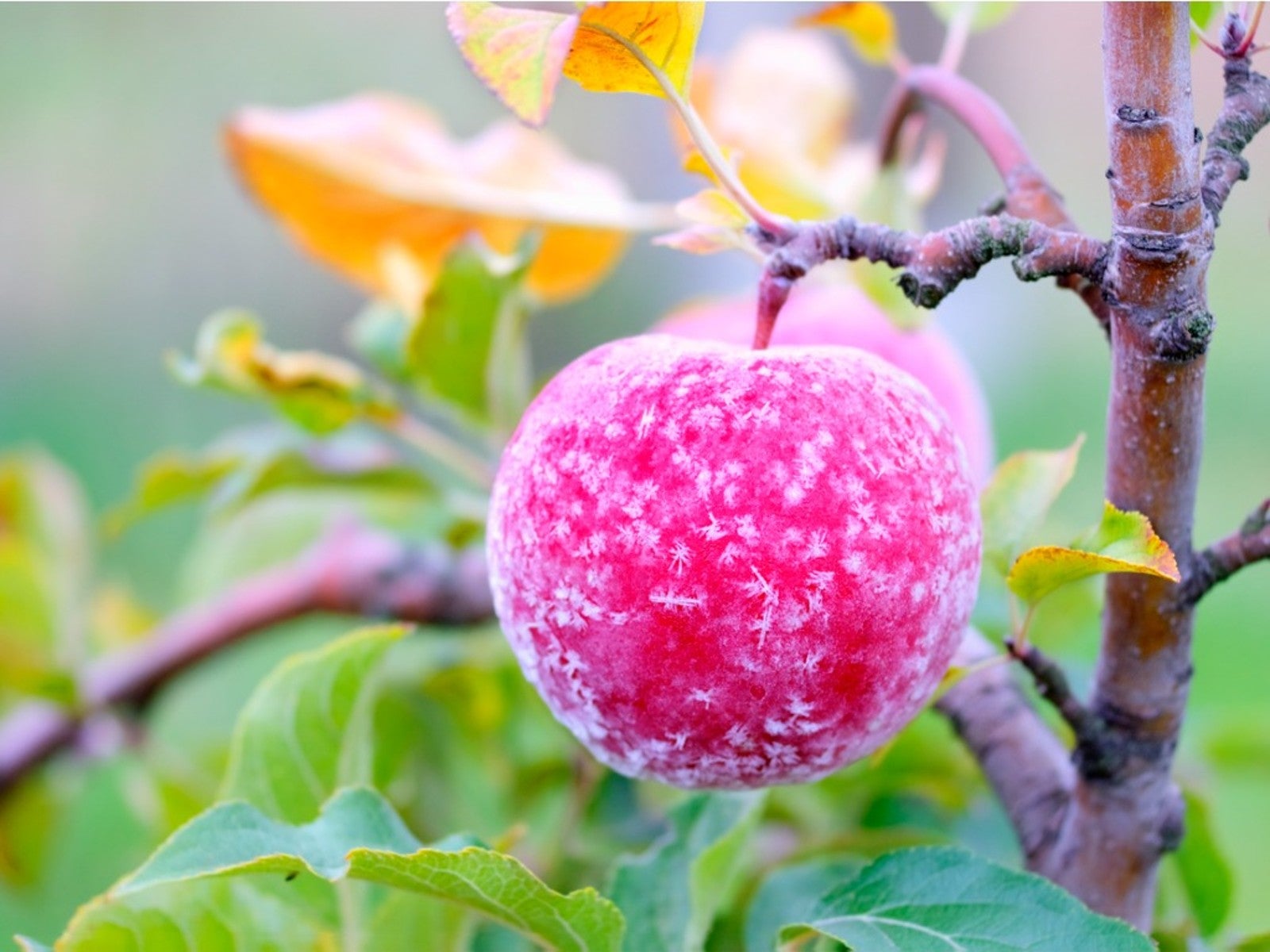 How To Protect Fruit Trees From Frost And Freeze
How To Protect Fruit Trees From Frost And FreezeChoosing fruit trees appropriate for your growing zone is best, but you still may need to protect them from extreme cold. Read how.
By Bonnie L. Grant
-
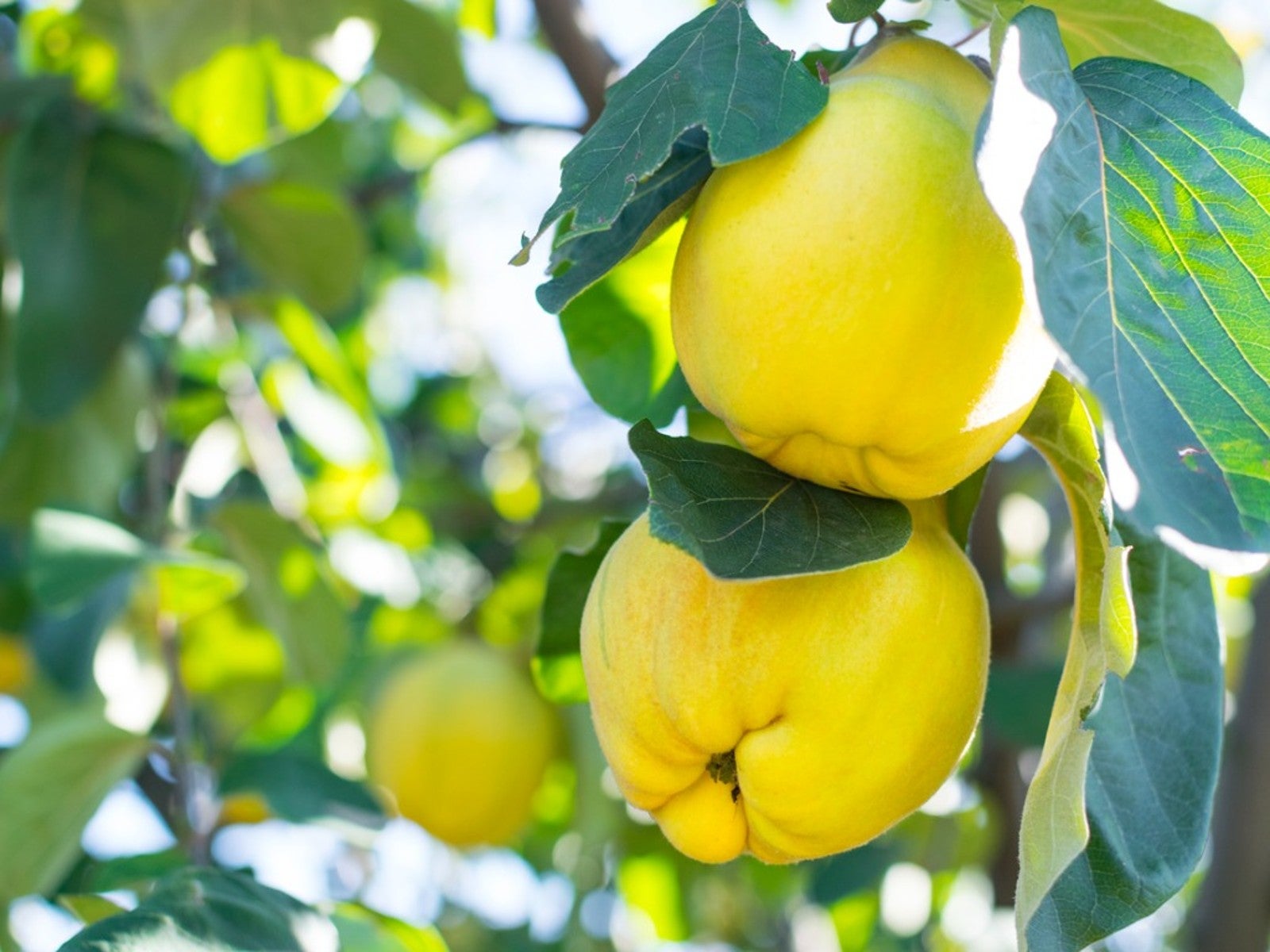 Best Plants For Late Summer and Fall Fruit Harvest
Best Plants For Late Summer and Fall Fruit HarvestEven if you don’t have the optimal conditions for more common fruit trees, there are other end of summer fruits to enjoy.
By Teo Spengler
-
 Best Native Fruit Trees To Support Wildlife
Best Native Fruit Trees To Support WildlifeIf you want trees that will attract and feed wildlife, learn the best kinds of edible fruit and nut trees to plant for inviting specific creatures.
By Teo Spengler
-
 Orange Fruit Varieties: Growing Fruits That Are Orange
Orange Fruit Varieties: Growing Fruits That Are OrangeOrange colored fruit isn’t limited to the citrus orange. There are plenty of other orange colored fruit varieties, each packing a healthful punch. Read on for more.
By Amy Grant
-
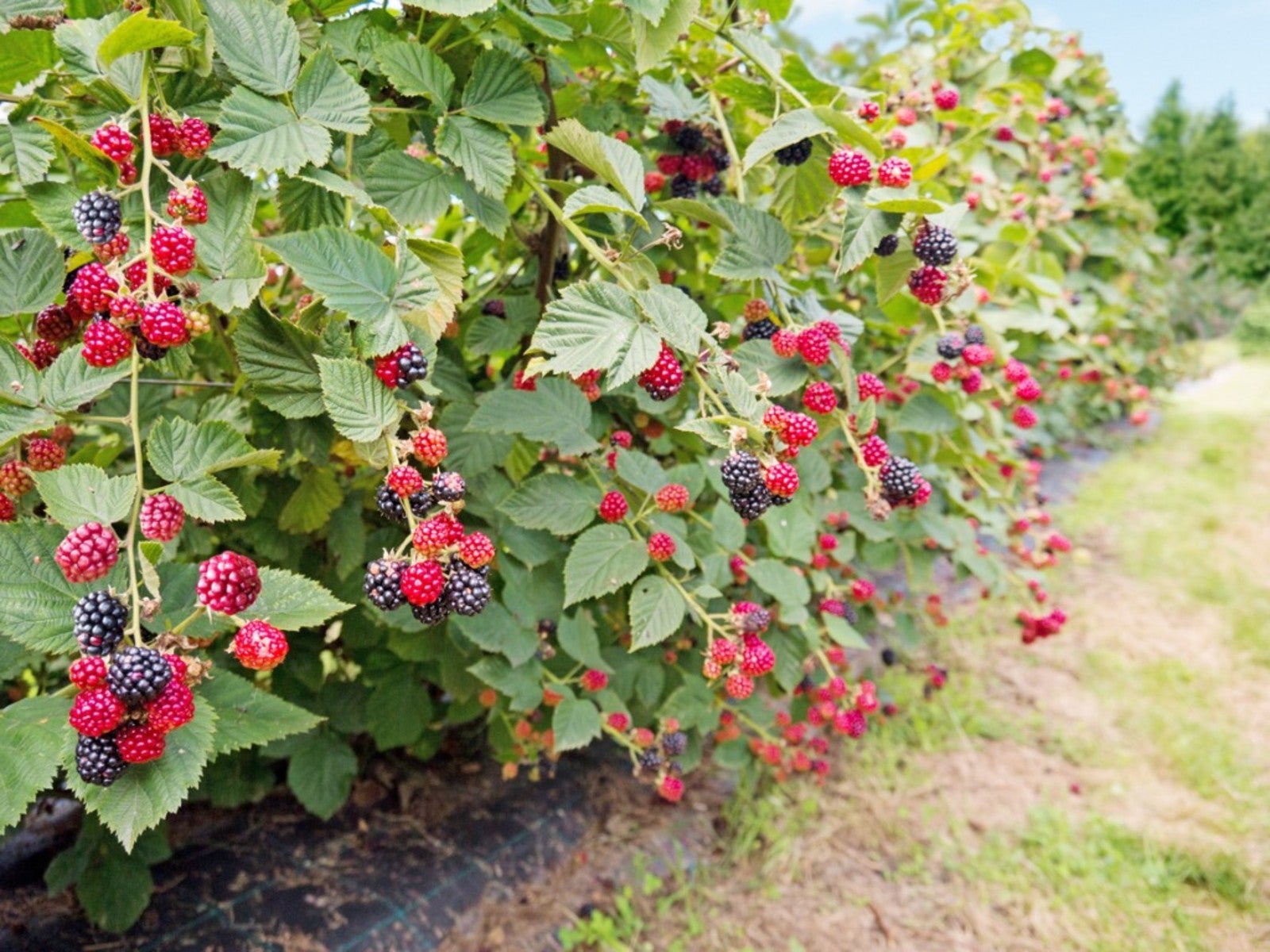 Everbearing Plants: Learn About Everbearing Varieties Of Fruit
Everbearing Plants: Learn About Everbearing Varieties Of FruitWhat does everbearing mean? And more importantly, how do everbearing varieties differ from non-everbearing types? Read on for more.
By Laura Miller
-
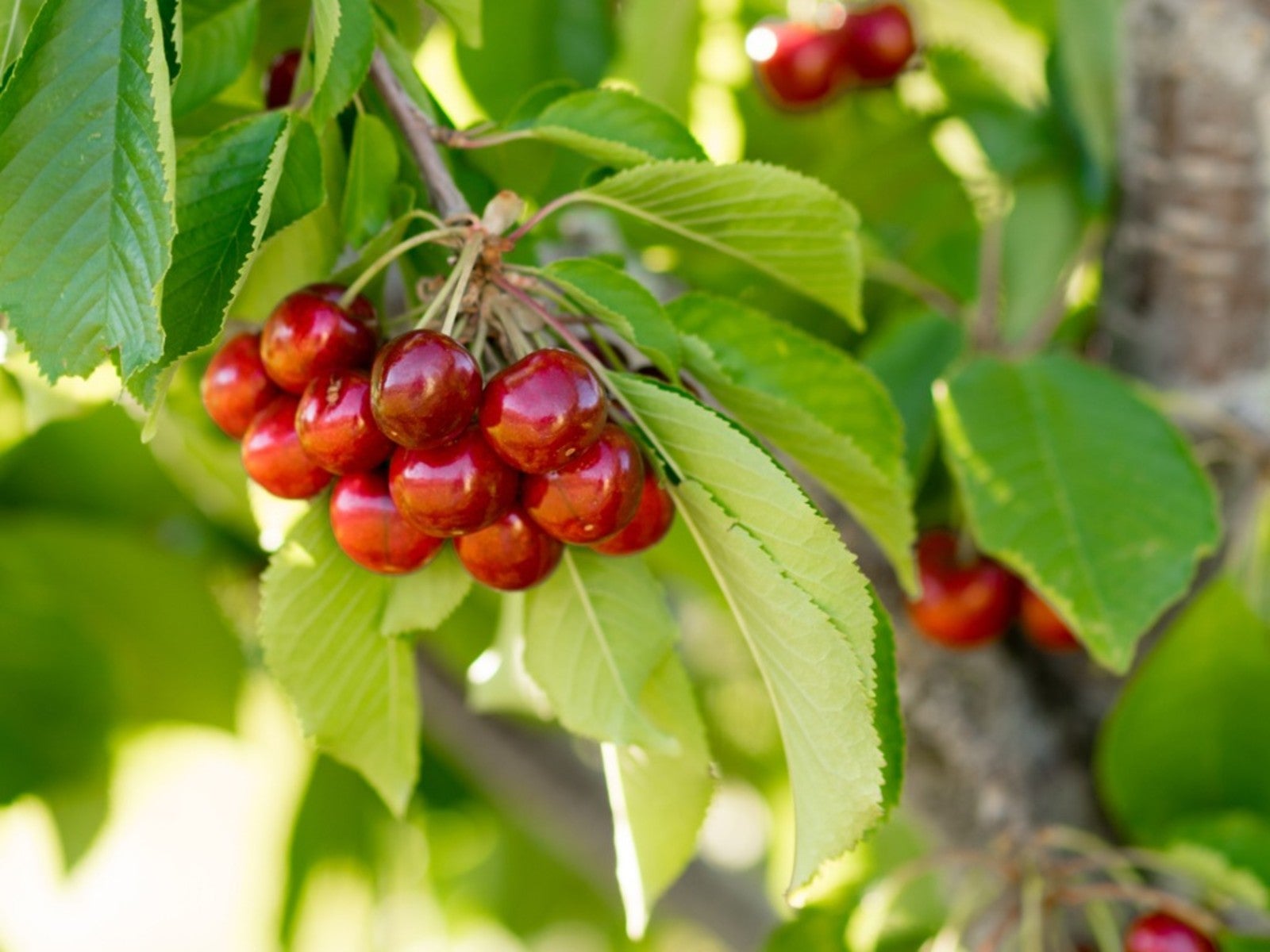 Plant A Red Fruit Garden: Growing Fruits With Red Flesh
Plant A Red Fruit Garden: Growing Fruits With Red FleshPlanting a red fruit garden may seem a bit whimsical. That is, until you realize the health benefits of consuming fruits with red flesh.
By Laura Miller
-
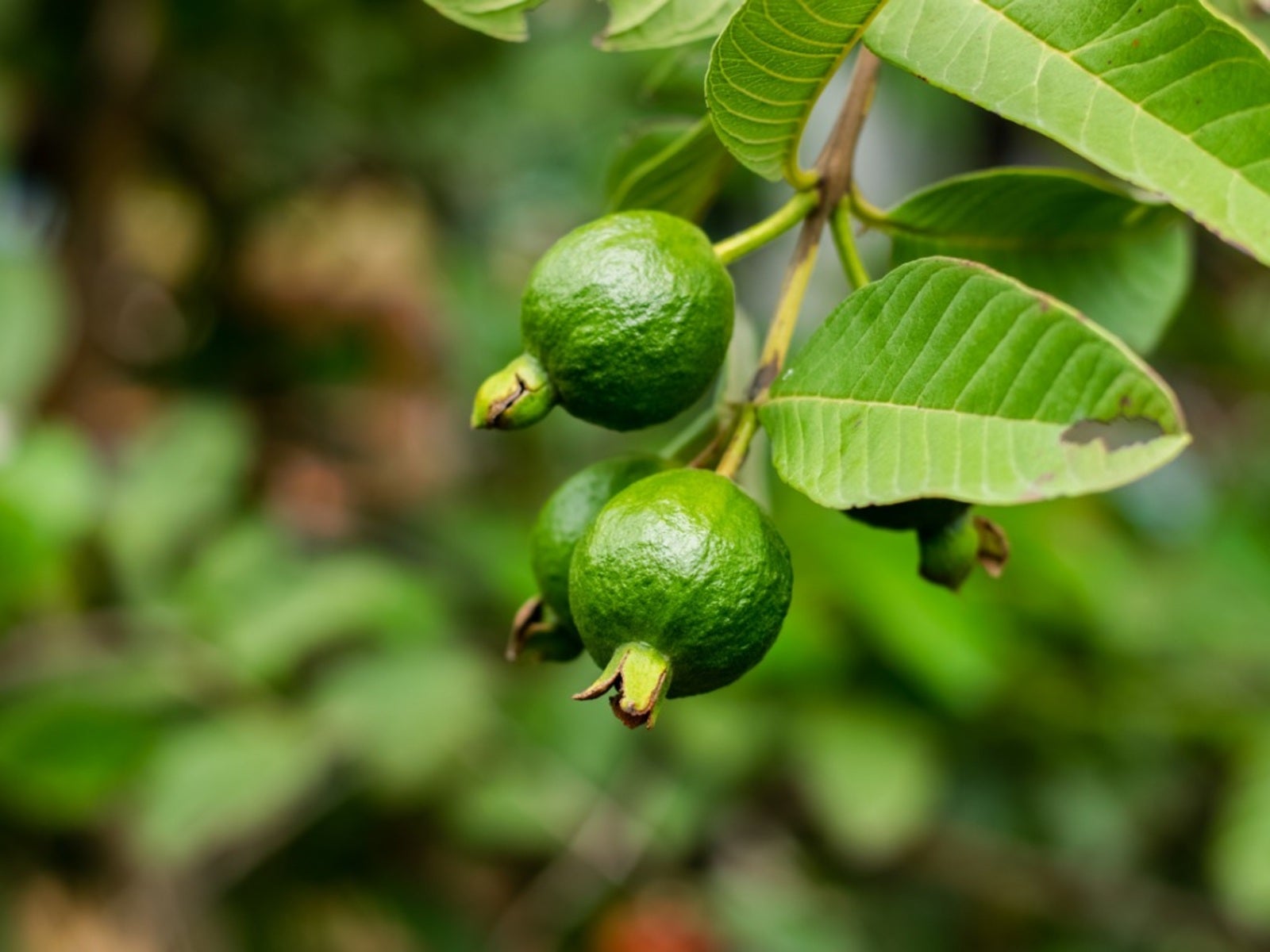 Heat Tolerant Fruits - Growing Fruit In Hot Weather
Heat Tolerant Fruits - Growing Fruit In Hot WeatherSome fruit grows in extreme heat naturally. But there are also specially cultivated, heat-tolerant varieties. For more information on heat tolerant fruits, read on.
By Teo Spengler
-
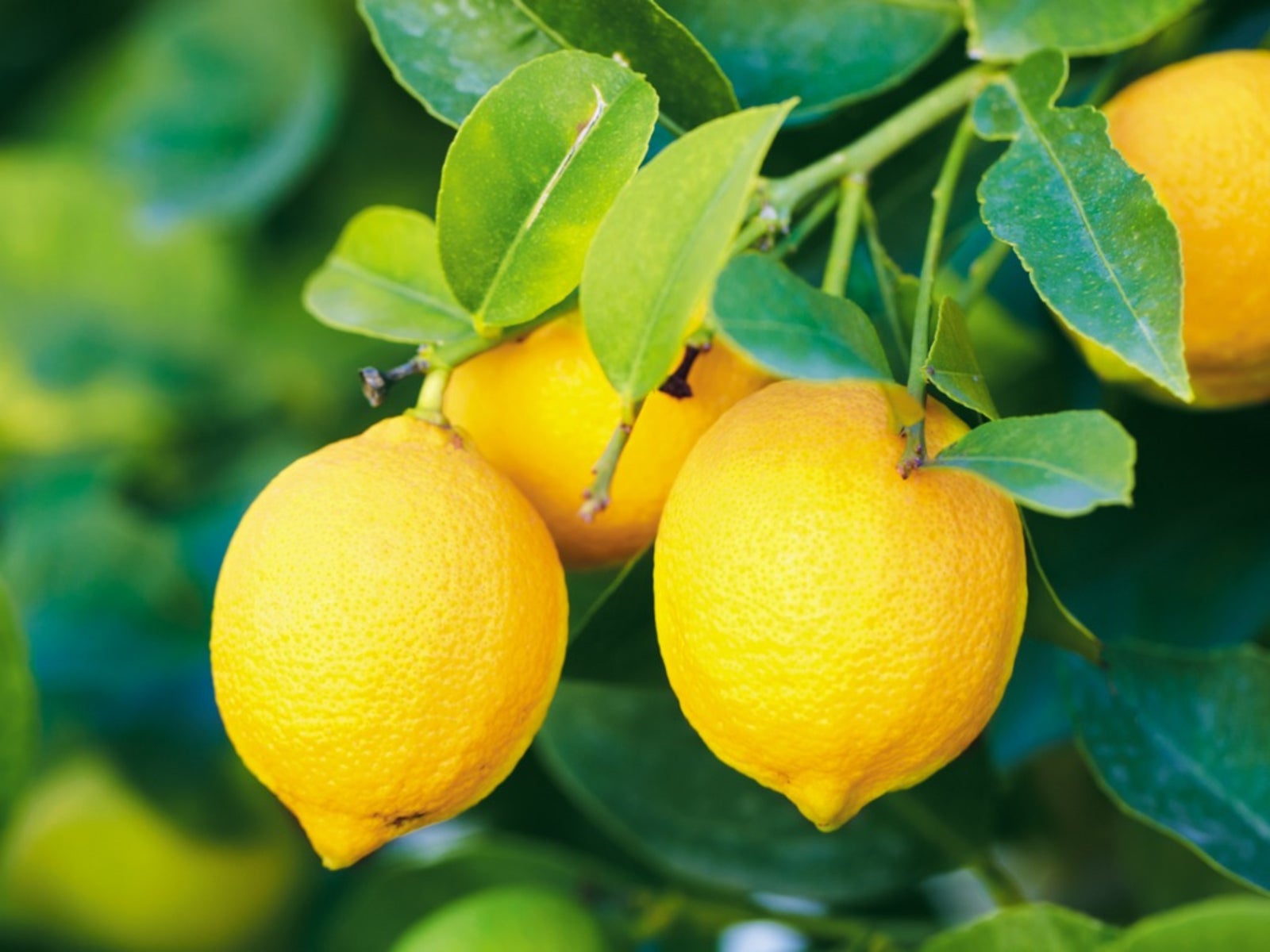 Yellow Fruit Varieties - Growing Fruit That Is Yellow
Yellow Fruit Varieties - Growing Fruit That Is YellowWhat fruit is yellow? There's more than the bananas at the supermarket. Try growing yellow fruit for a consistent supply of sunny food.
By Bonnie L. Grant